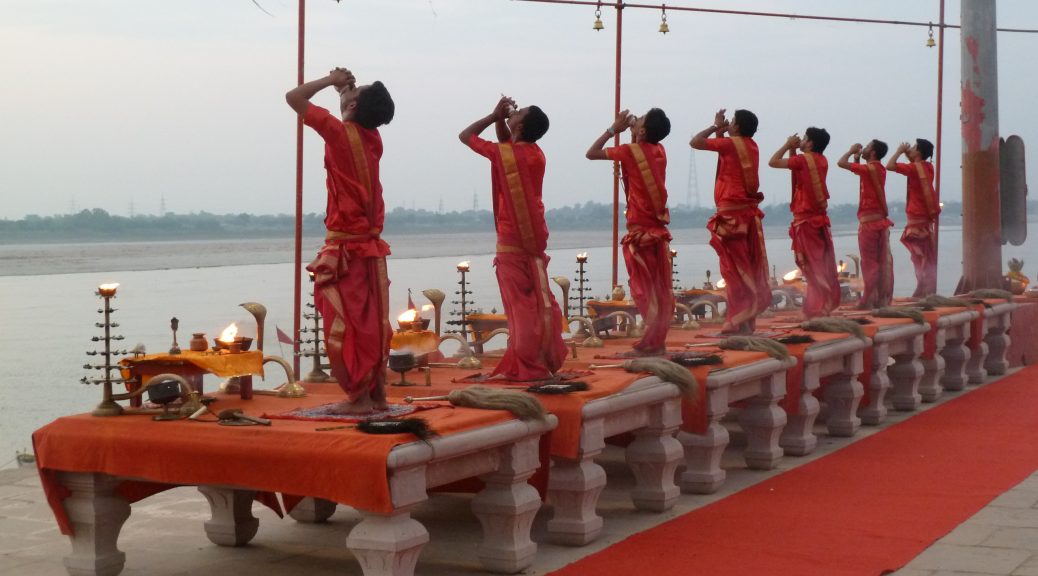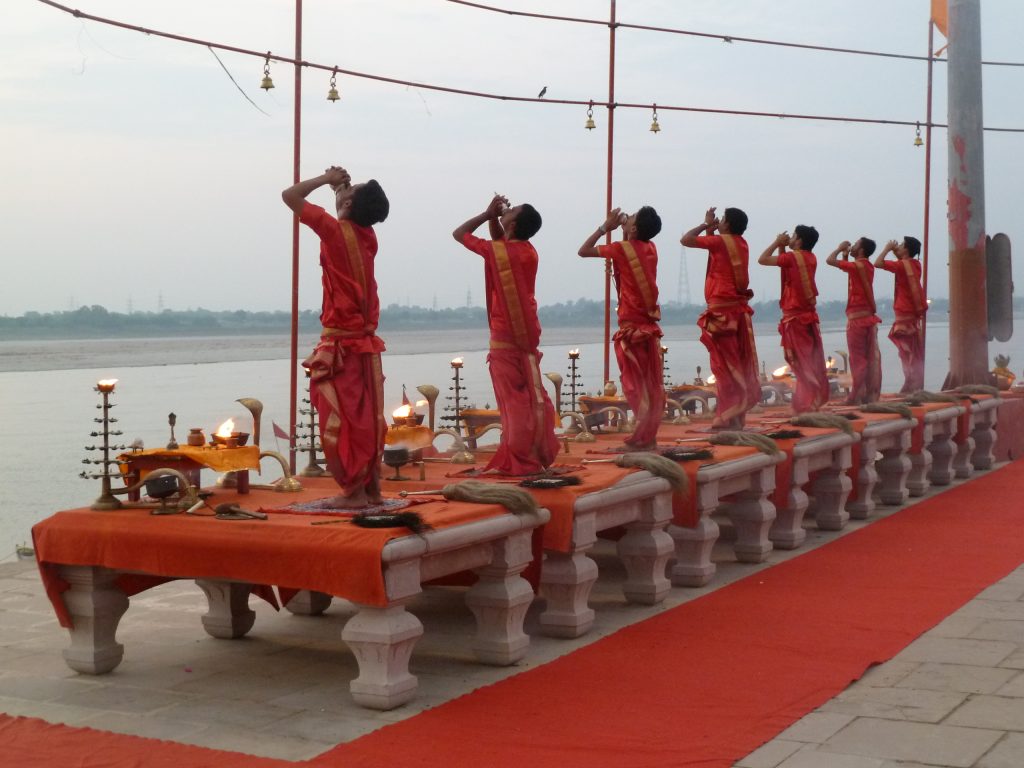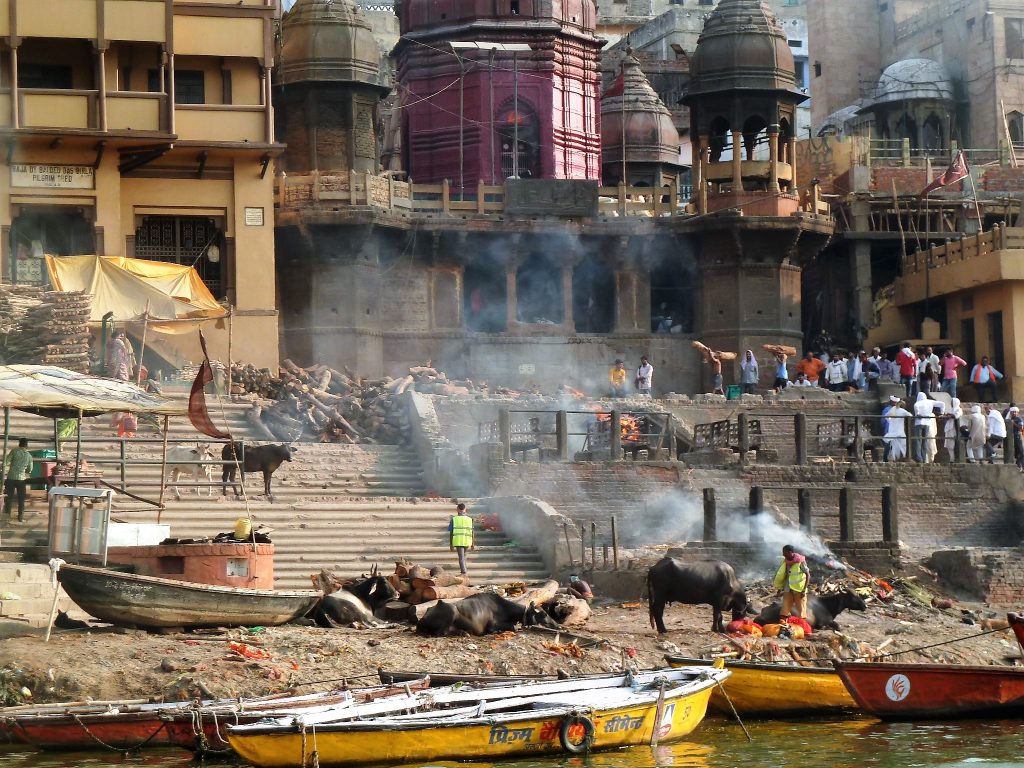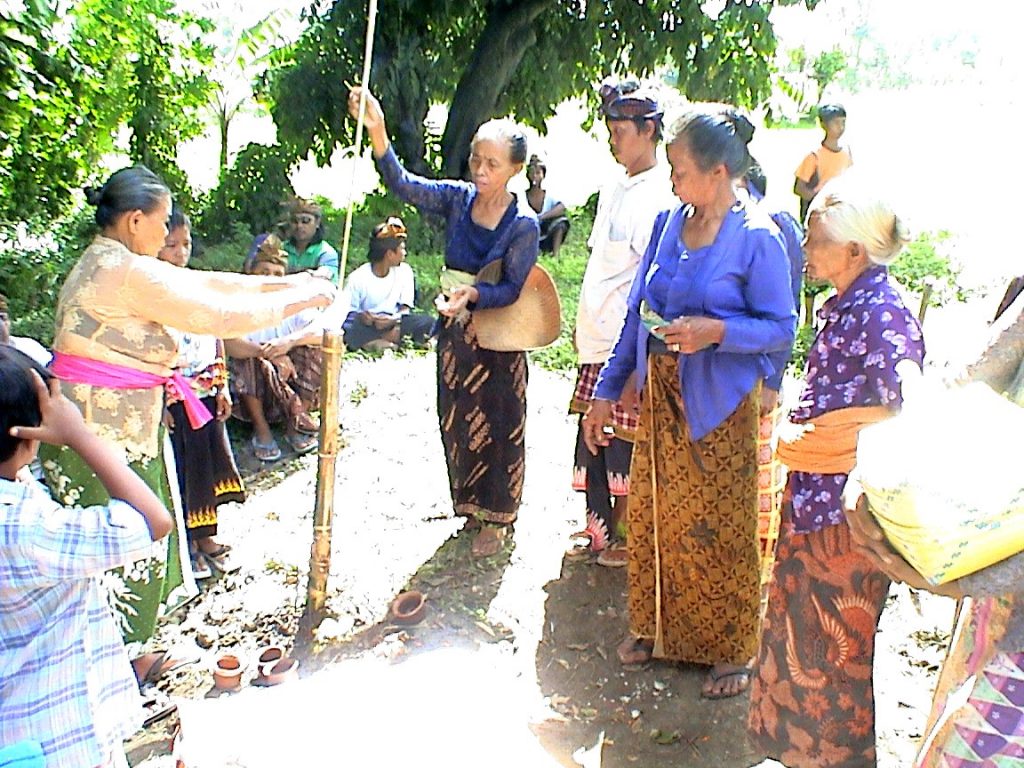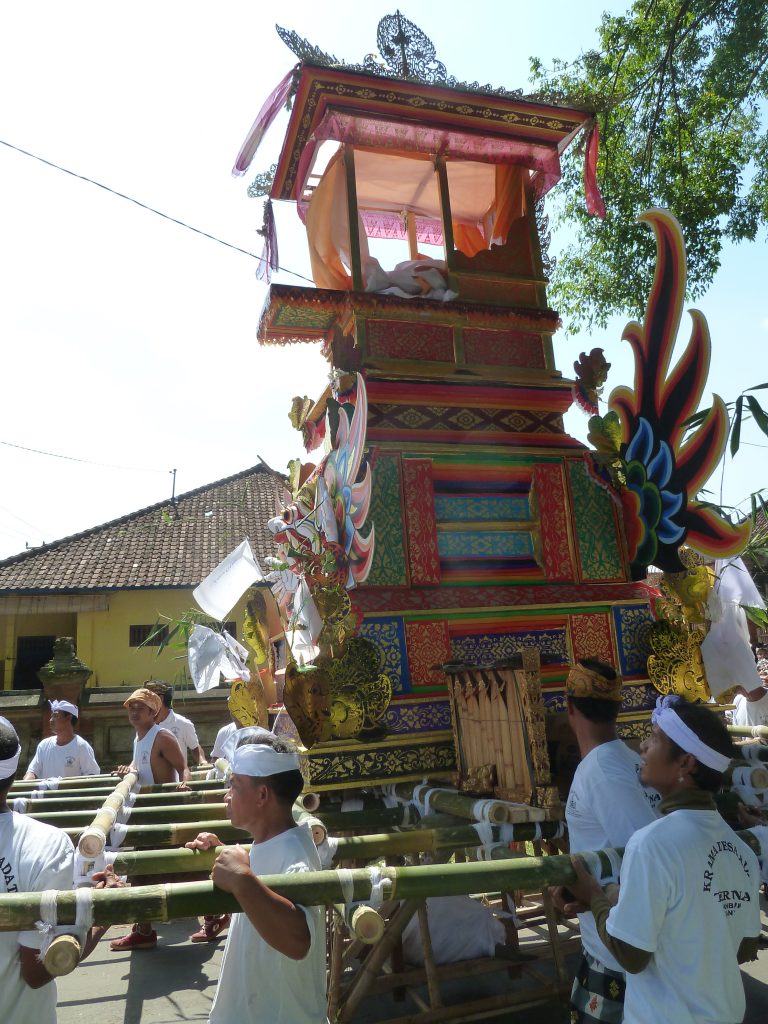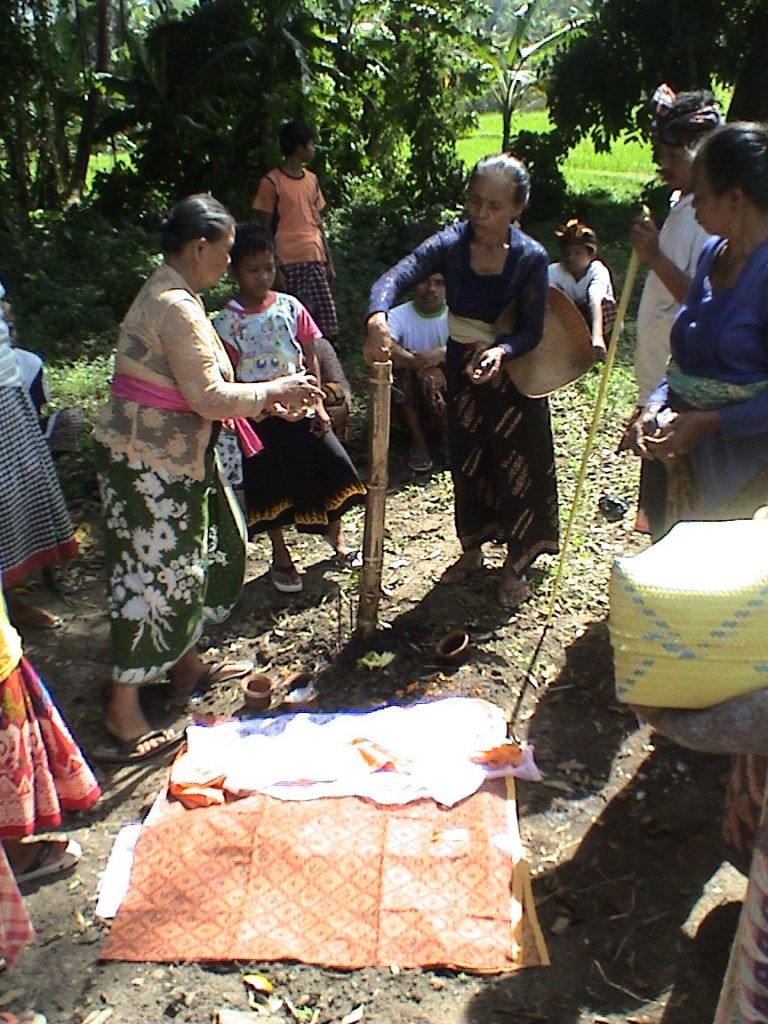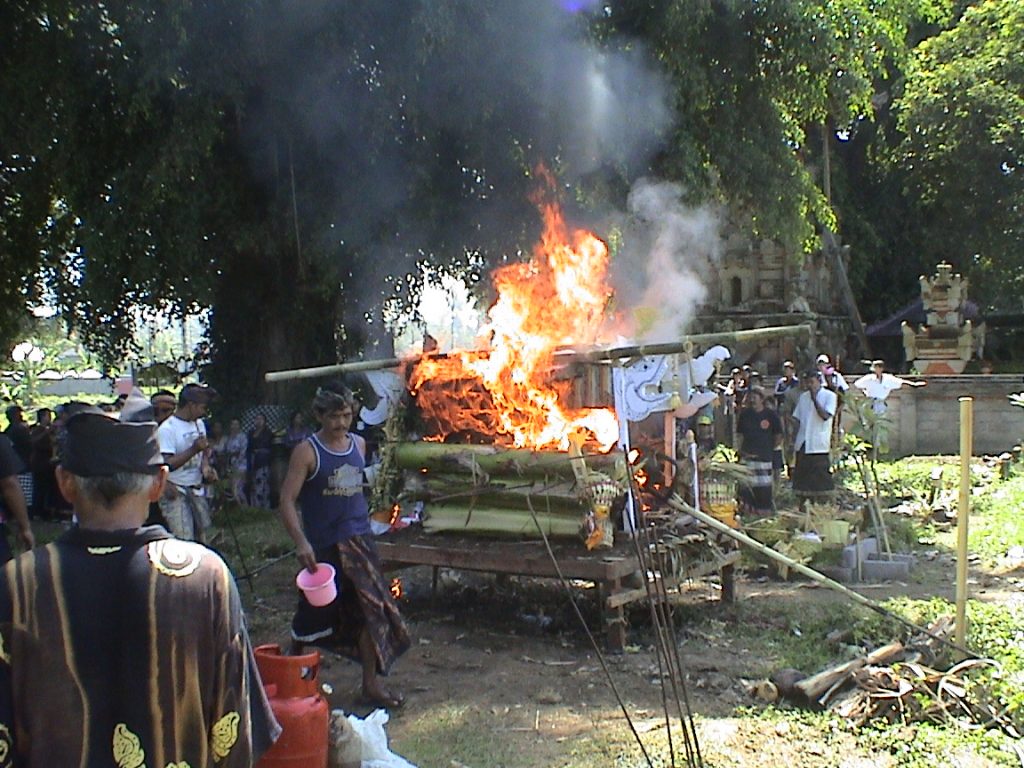The Lingayat tradition, also known as Virasaiva, is a Hindu sect with a vast following in Karnataka, a southern state of India. They are known as Virasaivas because of their relentless and deeply passionate devotion to Siva, a deity who is worshipped by both upper and lower caste Hindus, as well as other marginal groups in Hindu society (Basu 475). The origin of the sect is traced to the eleventh and twelfth century as a small-scale socio religious movement and founded by Basavanna, a government minister. In order to maintain their purpose within the broad framework of the Lingayat tradition, Basavanna adapted and reconstructed the principles of the influential Saivite (Siva-worshiping) religious traditions superior during his time in Kashmir, Gujarat, and Tamil Nadu (Basu 475). The Lingayat tradition highlights the shared dependence between Siva and individual human beings. TheParama Sakti (ultimate spiritual force) is believed to have been established by Siva; that is, Siva and the cosmic force are considered to be equal or alike (Basu 475). The Lingayat tradition believes that before the cosmos was created, Siva was the “The Supreme Self” in terms of purity, beyond space and place, beyond design, nameless, shapeless, and deedless (Basu 475). Basavanna preached that work, in all its forms, was to be worshipped. Therefore, Lingayats are washermen, barbers, weavers, carpenters, teachers, farmers, and members of practically every occupational group (Ishwaran 148). Work was to be worshipped as a continuation of the design of the Creator, the deity Siva.
Lingayat tradition was a reaction to specific features of Hinduism and can barely be assumed or understood aside from orthodox Hinduism. Its practices and beliefs are either taken over from Hinduism, or they illustrate a deliberate contradiction of Hindu principles or rites. Lingayatism preaches that all men and women, whatever their birth or position in society, are all equal. In noticeable opposition to Hinduism, there is no ritual interpretation of female inferiority. For the Lingayats, there is no heaven, no hell, no life after death. They believe that reward for virtue and punishment come in this life and one makes this world a heaven or a hell (Ishwaran 148). In Sanskrit, Linga signifies a mark or a symbol; hence, the Siva Lingam is a symbol of the supreme being, Siva. The practice requires that followers, both men and women, carry the Siva Linga/Lingam around their necks or across their chests. Basavanna and other Lingayat preachers tried to fight the polytheistic notions of Brahmanic Hinduism through the Lingayat tradition (Basu 475). Basavanna’s monotheism not only ousted the Vedic deities (cherished by Vedic Hindu followers), but to Lingayats, also disclosed the dishonesty of the Brahmanic interpretations of the Hindu scriptures. Therefore, the Lingayat tradition preferred a social order free of the caste system and social slavery and as a result, it originally accepted men and women from all Hindu castes, as well as the lowest (Basu 475).
There are three sacred areas in every Lingayat home. Their homes are very meaningful for them, because the home is not only a place for living, but is the means of close connections between family and members. The first sacred area of every Lingayat home is a raised platform (gaddige) which serves as the family altar. On this altar are the images of the personal gods of each family member. At this altar, daily worship by the family as a whole, represented by a male member, forms the regular feature of domestic festivals. The kitchen is also a sacred place. On festive days, the first element of all food prepared is given to the priest, and a second part sacrificed to the gods. Food is treated with the utmost respect, as is the stove where it is prepared. The native stove (vali) itself is worshipped, and all food is eaten, after which the plate is washed clean by the priest, and the water used in ablution is itself drunk, that none of the holy food be dishonoured. The doorway is also sacred in the home of all Lingayats. It is very crucial that a bride steps across the doorway with her right foot at marriage. Each bullock is stopped at the door of each Lingayat house and made to step across the doorway with his right foot during the procession of bullocks. On a daily basis, the doorway is washed and worshipped by the women of the household, and special rites of worship are done on festival days.
Sororate marriages are accepted among the Lingayats, but more commonly practiced is the marriage of a girl to her mother’s brother (Ishwaran 153). Cross-cousin marriages are ordinary and chosen. It also frequently happens that two families may perform an exchange marriage. Usually, marriages ensue right after puberty and they are comprehensively organized. The marriage of a girl is commonly arranged at, or considerably before, the beginning of puberty. A marriage which is formed by love is considered to have a poor possibility of success. Love is considered to come in the normal course of events after marriage; should it exist before, the marriage is likely to be damaged by struggle both between the partners and between each of the partners and the in-laws (Ishwaran 154). If an arranged marriage leads to separation, the elders accountable for the marriage are susceptible to harsh criticism and sometimes to open animosity. By all means the bride must be younger than the bridegroom. Men must marry women who are younger in age so that wives stay submissive to their husbands, and care for them in their old age. Culture commands that girls are born to be given away and they must be married as soon as they reach puberty (Ishwaran 155). The current system of arranged marriage has allowed them to endure. Partners in one’s own kindred circle are regarded as committed, admired, and trustworthy on whom spouses can rely throughout life (Ishwaran 155).
In the early nineteenth century, a scholar named Jean Antoine Abbe Dubois who had spent thirty years collecting materials and articles connected to Hindu behaviour, customs and ceremonies, distinguished what he heard, read, and studied about the Lingayat tradition (Chekki 108). He observed that the sect of Siva is dominant in several states. They refrain from eating animal products, and rather than burning the dead, like most Hindus, they choose to bury them. They also do not acknowledge the laws pertaining to degradation, which in most cases are recognized by other castes. Dubois mentions a proverb that says “There is no river for a Lingayat”, which means that the followers of this sect do not value ablutions (Chekki 108). In addition, he specifies that the Lingayat tradition rejects many principles of the Hindu religion, particularly the cycle of birth and rebirth. The Lingayats, therefore, have no anniversary festivals to celebrate or honor the dead (Chekki 108).
Prominently, there are at least three extensive stages or aspects of the Lingayat research traditions which discloses the preceding analysis. The first phase commenced in the early nineteenth century and progressed until the first decade of the twentieth century, which consists of a large majority of Western scholars (Chekki 125). These observers from the West, based on very narrow or no knowledge of the earliest sources, seized only an incomplete view of the Lingayat tradition and culture. These scholars, with a few special cases, presented inadequate, definitive, distorted, and deceptive accounts of the Lingayat tradition and society. The second phase of the Lingayat studies, which surfaced in the 1920s, incorporates two streams of domestic scholars. Based upon an extensive exploration and analysis of Virasaiva classics in Kannada and Sanskrit, they contributed a great deal to the understanding of Lingayatism as a significant religious sect (Chekki 125). Their knowledge of the initial sources, modern outlook, and experience as members of the community aided them to produce trustworthy analyses of the Lingayat tradition and philosophy (Chekki 125). Nevertheless, some of these studies needed impartial scientific examination. The third phase of the Lingayat research, set in motion since the 1960s, has taken place broadly in institutional settings such as universities and research institutes (Chekki 125).
The present day Lingayat/Virasaiva tradition research has become more multidisciplinary by nature and today, diversified disciplines in the humanities and social sciences examine Lingayat/Virasaiva history, literature, religion, philosophy, society and culture (Chekki 126). An abundant portion of the publications in the Lingayat/Virasaiva tradition, especially in the Kannada language, still seem to be laudatory and repetitious (Chekki 126). They are for the most part explanatory and based on inner experience rather than fact, lacking critical analysis. An extensive number of studies are on Basavanna and his reform movement. A majority of the authors are men. Women authors, and writings on women saints and their contributions, are minimal (Chekki 126). The question, “are Lingayats a caste or a religion?”, has both sociological interpretation and realistic significance. The Government of India categorizes the Lingayats as Hindus. Lingayat leaders, nevertheless, urge their followers, when asked their religion, not to answer Hindu, but Lingayat (Ishwaran 149). Whether the rank and file Lingayat considers himself as a Hindu caste or a separate religion is a matter of practical concern. Moreover, the demand to train a new generation of researchers cannot be disregarded on purpose. Numerous aspects and features of the Lingayat/Virasaiva tradition are still in need of examination by researchers.
REFERENCES AND FURTHER RECOMMENDED READING
Basu, Rajshekhar (2002) “Lingayat.” In Karen Christensen and David Levinson, eds. Encyclopedia of Modern Asia, p. 475. New York: Charles Scribner’s Sons.
Boratti, Vijayakumar (2017) “War, Words, and Communities: Lingayats and World War I.” Economic and Political Weekly. Accessed February 3, 2020. doi:10.1017/9781108594646.008.
Copeman, Jacob, and Ikegame Aya (2012) The Guru in South Asia: New Interdisciplinary Perspectives. London: Routledge.
Chekki, Danesh A. (1997) Religion and Social System of the Vīraśaiva Community. Westport: Greenwood Publishing Group.
Chekki, Danesh A. (2012). “The Spiritual Path of Devotion: The Vīraśaiva Perspective.” Anthropos 107(2):555-560. Accessed January 30, 2020. doi:10.5771/0257-9774-2012-2-555.
Desai, Prakash (2019). “Quest for Egalitarian Socio-Spiritual Order: Lingayats and Their Practices.” Journal of Human Values 25(2):87-100. Accessed January 30, 2020. doi:10.1177/0971685819826729.
Gutridge, Bryan (2006) The Religion of Revolution: A Historical Study of the Virasaiva Movement. Bloomington: Indiana University.
Ishwaran, Karigondar (1966). “Lingayat Kinship.” Journal of Asian and African Studies 1(2):147-160. Accessed February 1, 2020. doi:10.1177/002190966600100206.
Related Topics for Further Investigation
Lingayat
Virasaiva
Karnataka
Siva
Basavanna
Kashmir
Gujrat
Tamil Nadu
Basavanna
Saivite
Parama Sakti
Sanskrit
Siva Lingam
Linga
Gaddige
Vali
Kannada
Noteworthy Websites Related to the Topic
https://www.britannica.com/topic/Lingayat
https://www.civilserviceindia.com/subject/History/prelims/virasaiva.html
https://www.lingayatreligion.com/What_is_Lingayatism.htm
https://www.researchgate.net/publication/329504845_The_Rise_of_Lingayat_Religion_and_Its_Founder
https://shaivam.org/scripture/English-Articles/1374/the-virasaiva-religion
https://thediplomat.com/2018/03/a-new-religion-in-india-karnatakas-lingayats-seek-recognition/
https://en.wikipedia.org/wiki/Lingayatism
Article written by: Jonalyn Saballa (February 2020) who is solely responsible for its content.
